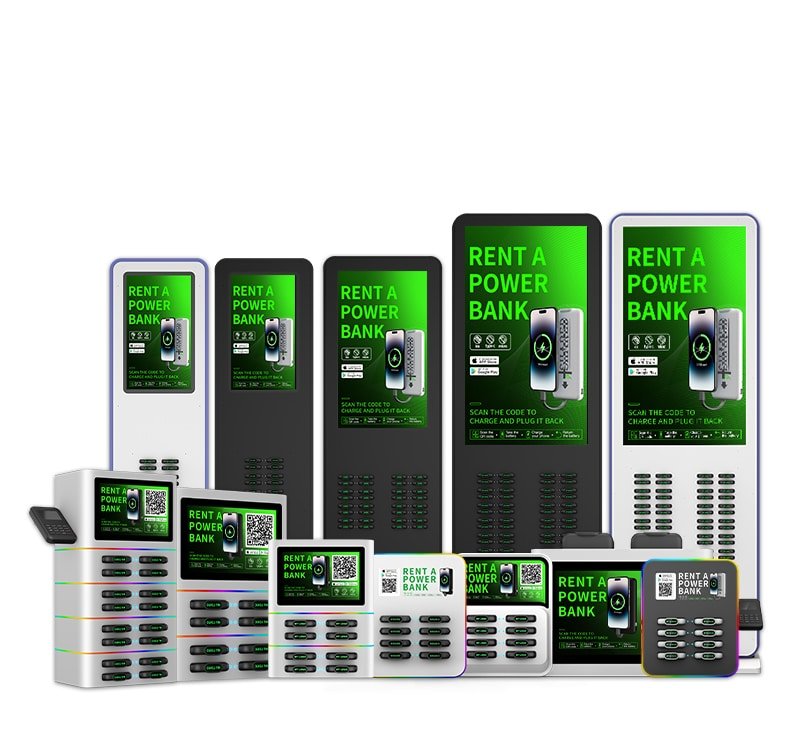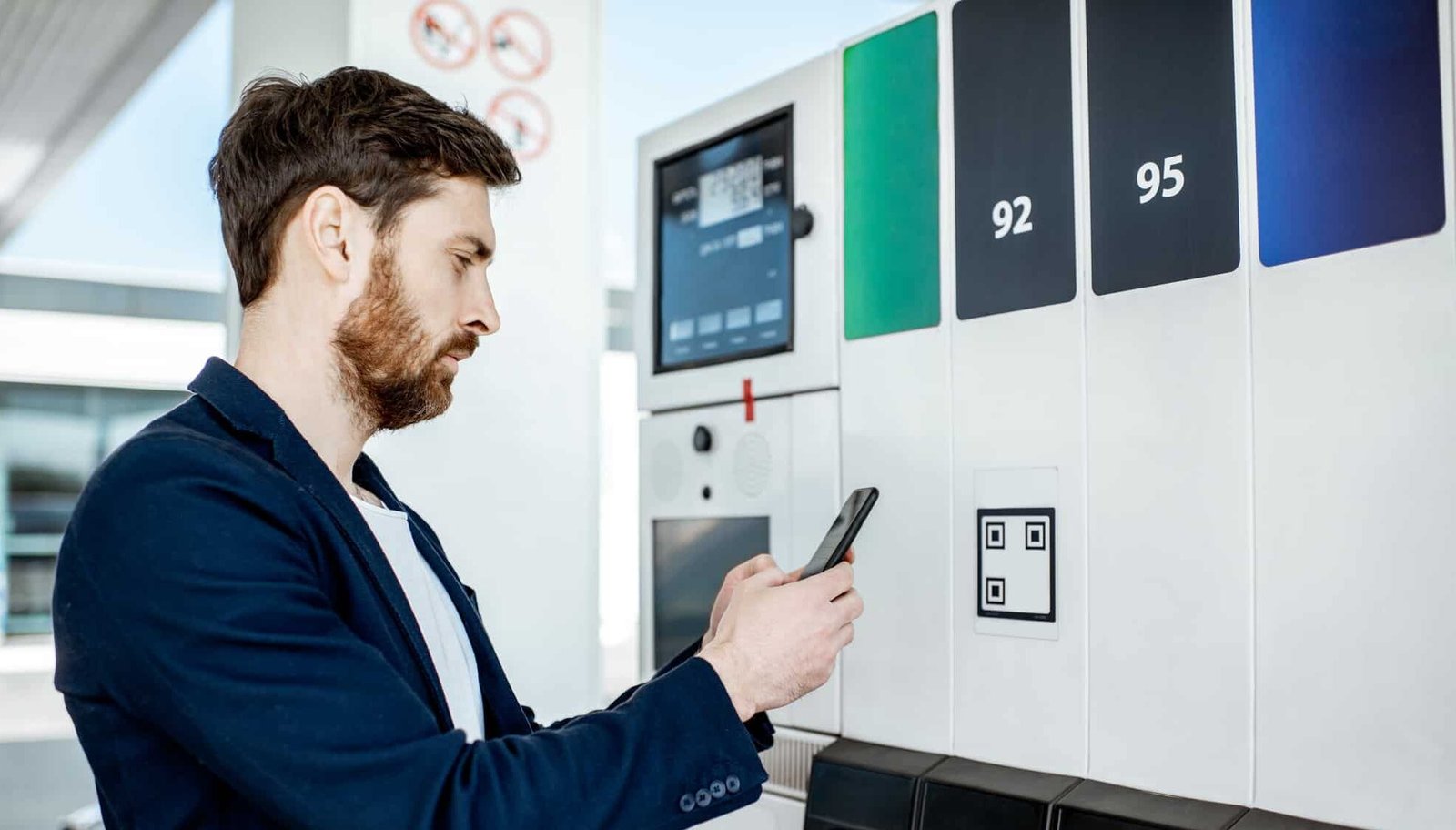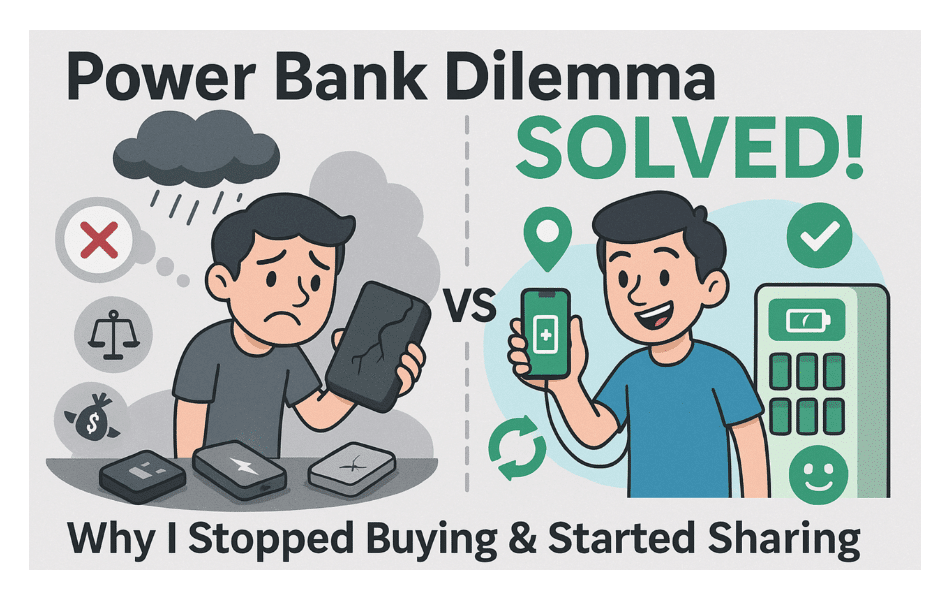Have you ever been out with a dying phone and no charger? Shared power banks solve this common problem. These portable charging devices are available for rent in public places. You simply borrow one when needed and return it when finished.
The concept is similar to bike-sharing but for battery power. This innovative solution has gained popularity worldwide in recent years.
The Rental Process
Using a shared power bank is surprisingly simple. First, locate a charging station through a mobile app. Then, scan a QR code to unlock a power bank from the station. Finally, return it to any station after use.
Payment is typically handled through the app. Most services charge by the hour or day, making it affordable for most users.
Shared power banks use smart technology to track their location. Moreover, they feature multiple charging ports to accommodate different devices. Most units offer fast-charging capabilities for quick power-ups.
The stations themselves connect to the internet, allowing real-time tracking and payment processing. This connectivity ensures a seamless user experience.
Convenience Factor
The most obvious benefit is convenience. For example, when traveling, you don’t need to carry a bulky power bank. Instead, you can access charging power wherever stations are available.
Furthermore, shared power banks eliminate the need to sit by wall outlets in public places. You can move freely while charging your device.
Environmental Impact
Shared power banks contribute to environmental sustainability. Because multiple people use the same devices, fewer power banks need to be manufactured. This sharing model reduces electronic waste significantly.
Additionally, many shared power bank companies use eco-friendly materials and energy-efficient technology. This approach further reduces their environmental footprint.
Cost Comparison
Using shared power banks can be more economical than buying personal ones. Let’s look at the comparison:
| Aspect | Personal Power Bank | Shared Power Bank |
|---|---|---|
| Initial Cost | $20-$100 upfront | $1-$5 per rental |
| Replacement | Every 2-3 years | Not applicable |
| Capacity | Limited to one device | Multiple options available |
| Maintenance | User responsibility | Company handles |
| Convenience | Must remember to carry and charge | Available on demand |
As shown above, shared power banks offer flexibility without the commitment of ownership. This makes them particularly attractive for occasional users.
Shared power banks are increasingly available in:
- Shopping malls and retail centers
- Airports and train stations
- Cafés and restaurants
- Hotels and hostels
- Tourist attractions
- Universities and libraries
- Concert venues and sports arenas
Most major cities now have networks of shared power bank stations. The availability has expanded rapidly due to growing demand.
Several companies have emerged as leaders in the shared power bank market. For instance, ChargeFon offers extensive coverage in Asia. Similarly, Joos dominates in Europe, while Charge It provides services across North America.
These providers differ in pricing models and availability. However, they all share the core concept of on-demand portable charging.
Maximizing Rental Value
To get the most from shared power banks, download the service app before you need it. This preparation allows you to quickly locate stations when your battery runs low.
Furthermore, check the pricing structure. Some services offer day passes that provide better value for extensive use. Planning ahead can save you money.
Safety Considerations
When using shared power banks, always check for damage before renting. Additionally, use only the provided cables to prevent potential device issues.
Most importantly, avoid exposing the power bank to extreme temperatures or moisture. Proper handling ensures both your safety and device protection.
The shared power bank industry continues to evolve rapidly. Firstly, newer models offer wireless charging capabilities. Secondly, integration with smart city initiatives is expanding station availability.
Looking ahead, we can expect solar-powered stations and longer-lasting batteries. These improvements will make shared power banks even more convenient and sustainable.
Shared power banks offer a practical solution for on-the-go charging. They eliminate the need to carry personal power banks while providing affordable power access when needed.
To determine if they’re right for you, consider your lifestyle and charging needs. If you travel frequently or spend time in urban areas, shared power banks can be incredibly useful.
Ready to try a shared power bank? Download a service app today and locate stations in your area. Your phone will thank you during the next battery emergency!
Frequently Asked Questions
Most services charge $1-5 per rental, depending on duration. Some offer unlimited daily use for a flat fee of around $10.
Do I need to return the power bank to the same station?
No, most services allow you to return the power bank to any station within their network. This flexibility makes the service more convenient.
Service policies vary, but most charge a fee for damaged units. Check the terms and conditions before renting.
Most shared power banks include multiple cable types (Lightning, USB-C, Micro USB) to accommodate various devices. Some newer units also offer wireless charging.
Typically, shared power banks can fully charge 2-3 smartphones before needing to be returned to a station for recharging.








